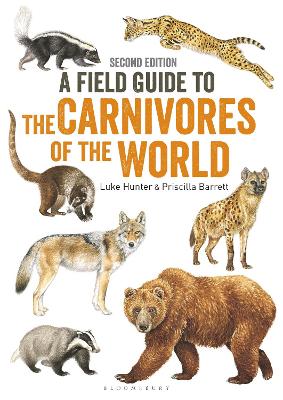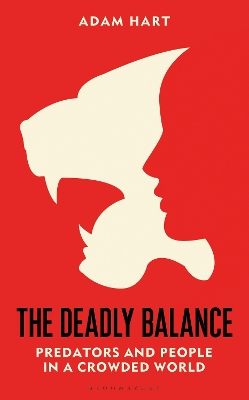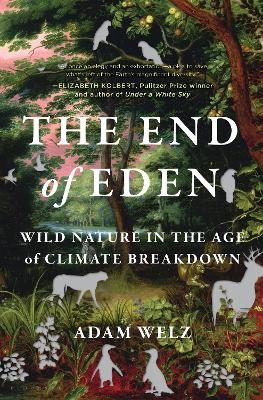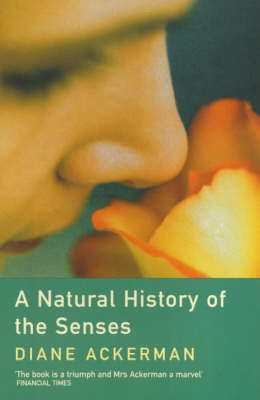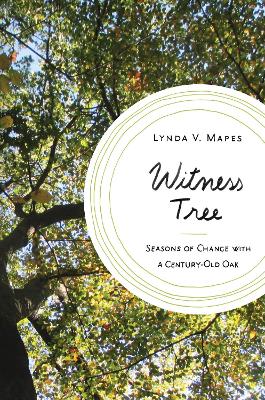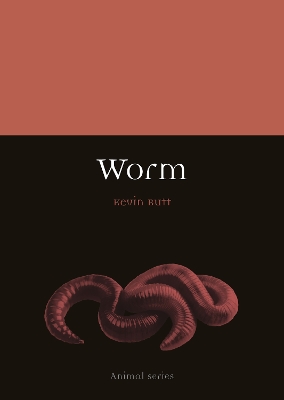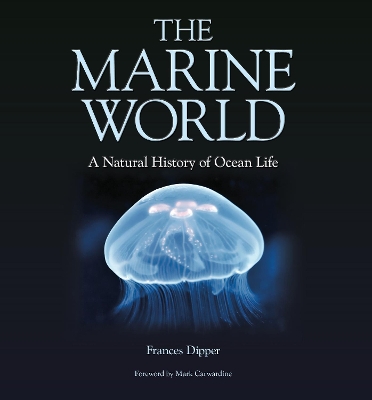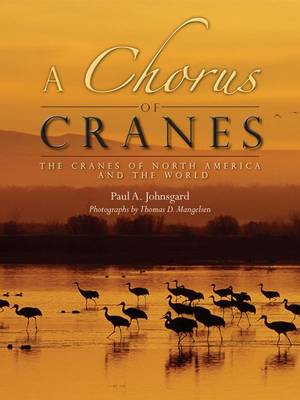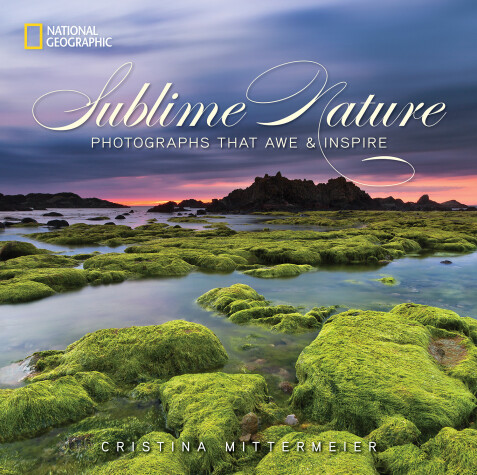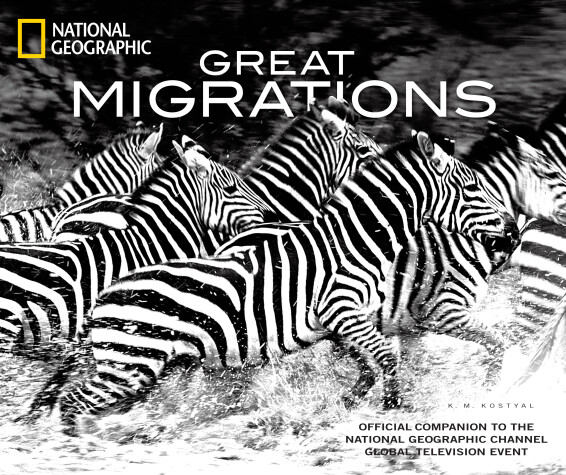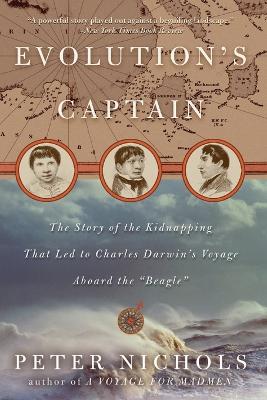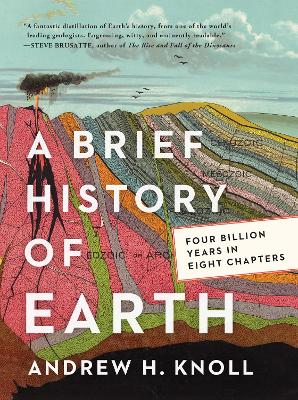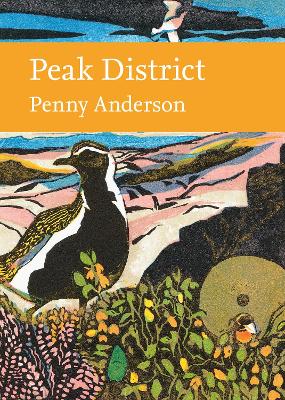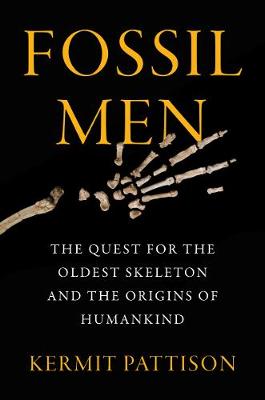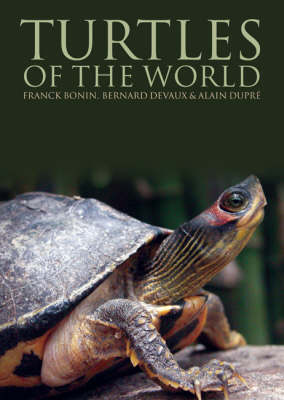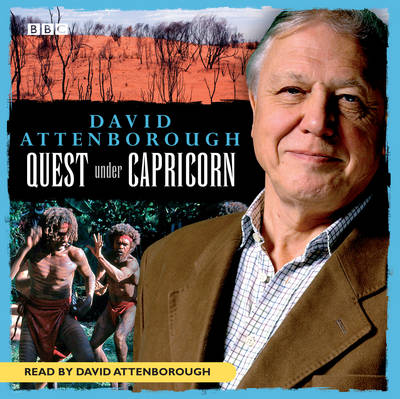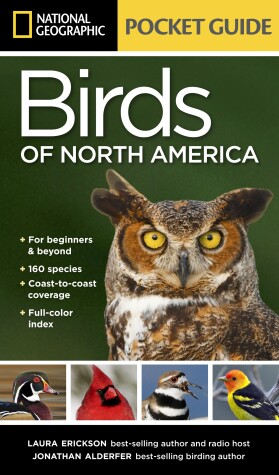From the largest terrestrial carnivore, the Polar Bear, to the tiny Least Weasel that can squeeze through a wedding ring, the true carnivores include some of the world's most charismatic, admired, feared and spectacular creatures. This fully updated second edition of Luke Hunter's comprehensive guide profiles all of the world's terrestrial carnivore species. Thoroughly updated throughout and covering recently described species, a detailed account describes each species' key identification chara...
Octopus, Squid & Cuttlefish
by Roger Hanlon, Louise Allcock, and Mike Vecchione
A treasure trove of scientific fact and visual explanation offers a comprehensive review of these fascinating and mysterious marine invertebrates. There are over 700 species of cephalopod, and their existence proofs that intelligence develops in very different ways–it is not by accident that these creatures are favourite models for science fiction and fantasy. While whale brains look somewhat similar to ours, cephalopods carry a large percentage of their brains in their arms. They are capable of...
The predators that can hunt, kill and eat us occupy a unique place in the human psyche – and for good reason. Whether it's lions in Africa, tigers in India or sharks in the world’s oceans, we are fascinated by – and often terrified of – predators. Animals that can hunt, kill, and eat us occupy a unique place in the human psyche, and for good reason. Predation forms a big part of our evolutionary history, but in the modern world there are many people who live alongside animals that can, and some...
National Geographic Guide to Birding Hot Spots of the United States
by Mel White
Beginners and casual birders will appreciate the introduction on birding basics, which offers expert advice on how to prepare for the field. Then it’s on to the heart of the book, organized into thirteen regions from New England to the Southwest.
Top 100 Delicious Keto Diet Recipes For Busy People (Keto Diet Recipes for Busy People, #1)
by U S Greyson
Why does music move us? Why do we crave chocolate? Why do we see in colour? A Natural History of the Senses is both an exploration of the physical processes underlying our perceptions and an eloquent ode to life. Poet, pilot, naturalist, journalist, essayist and explorer Diane Ackerman takes each of the five senses in turn and weaves together scientific fact with lore, literary allusion and voluptuous description. With her unfailing curiosity about the world illuminating everything she turns her...
An intimate look at one majestic hundred-year-old oak tree through four seasons--and the reality of global climate change it reveals. In the life of this one grand oak, we can see for ourselves the results of one hundred years of rapid environmental change. It's leafing out earlier, and dropping its leaves later as the climate warms. Even the inner workings of individual leaves have changed to accommodate more CO2 in our atmosphere. Climate science can seem dense, remote, and abstract. Bu...
Worms are remarkable but often underrated creatures. Exploring their roles from gardener's friend to toothache culprit, this book offers an insight into the mysterious world of worms. The reader is introduced to all manner of 'worms', even though many only superficially resemble the limbless, sinuous archetype. There is discussion of worms as internal parasites, soil dwellers and aquatic forms, and an examination of worms in literature and mythology, showing how humans and worms have an intimate...
The Marine World – A Natural History of Ocean Life
by Frances Dipper
The Marine World is a book for everyone with an interest in the ocean, from the marine biologist or student wanting expert knowledge of a particular group to the naturalist or diver exploring the seashore and beyond. With colour illustrations, line drawings, more than 1,500 colour photographs, and with clear accessible text, this book encompasses all those organisms that live in, on and around the ocean, bringing together in a single text everything from the minuscule to the immense. It includes...
“Since long before medieval times cranes have been considered messengers of the gods, calling annually from on high to remind humans below of the passing years and of their own mortality. Now it is up to humans to take responsibility for controlling our own fate—and also to cry out to protect not only cranes but all the other wonderful creatures that share our increasingly fragile and threatened planetary ecosystem with us." —Paul A. Johnsgard, from the acknowledgments Accompanied by the stunn...
Natural scenery–whether mountain peaks against a crystal blue sky, shimmering expanses of ocean or desert, or the perfection of a moss-laden path–affects us deeply, by turns eliciting joy, peace, awe, and a state of grace. Sublime Nature collects images that inspire these emotions, culled from the archives of the world’s leading photographers. Award-winning photojournalist and conservationist Cristina Mittermeier adds context, offering readers a visceral connection to the natural universe. Fille...
At a riverbank in Africa’s Serengeti, thousands of migrating wildebeest try desperately to cross as terrifying crocs feast on the galloping herds–which must attempt the river for a chance at survival. In the Falkland Islands, the albatross–king of migrations–journeys thousands of miles to nest despite the deadly cara cara, a predatory raptor. “The Need for Speed” documents migration as a race against time, in which freezing temperatures or scorching heat usher in a crisis. Incredible photographs...
This is the story of the man without whom the name Charles Darwin might be unknown to us today. That man was Captain Robert FitzRoy, who invited the 22-year-old Darwin to be his companion on board the Beagle . This is the remarkable story of how a misguided decision by Robert FitzRoy, captain of HMS Beagle , precipitated his employment of a young naturalist named Charles Darwin, and how the clash between FitzRoy’s fundamentalist views and Darwin’s discoveries led to FitzRoy’s descent into the...
Harvard’s acclaimed geologist “charts Earth’s history in accessible style” (AP) “A sublime chronicle of our planet." –Booklist, STARRED review How well do you know the ground beneath your feet? Odds are, where you’re standing was once cooking under a roiling sea of lava, crushed by a towering sheet of ice, rocked by a nearby meteor strike, or perhaps choked by poison gases, drowned beneath ocean, perched atop a mountain range, or roamed by fearsome monsters. Probably most or even all of the...
This is Planet Earth (New Scientist Instant Expert)
This Is Planet Earth is dedicated to the wonders of Planet Earth, the most amazing place in the known Universe. The ancient Greeks called it Gaia; the Romans Terra. We know it simply as Earth, the planet we call home. And what a planet it is. Formed around 4.6 billion years ago from the debris of the big bang and long-dead stars, at first it was nothing special, but somehow it evolved to become the most amazing place in the known Universe. The only living planet we know of, it also has a very...
The Peak District, Britain’s first national park, is a land of great natural beauty, visited by millions of people every year. This New Naturalist volume on the region highlights the wonder and magic of its windswept vistas, rock formations, storied history and fantastic wildlife, revealing its ecological foundations, showing how it has fared over the centuries and projecting what the future might hold. As a botanist and ecologist who has spent her wor...
"Riveting. ... Pattison's uncanny ability [is] to write evocatively about science. ... In this, he is every bit as good as the best scientist writers." —New York Times Book Review (Editors' Choice) "Brilliant. ... A work of staggering depth." —Minneapolis Star Tribune A decade in the making, Fossil Men is a scientific detective story played out in anatomy and the natural history of the human body: the first full-length account of the discovery of a startlingly unpredicted human ancestor more...
A Natural History of California (California Natural History Guides, #56)
by Allan A Schoenherr
In this comprehensive and abundantly illustrated book, Allan A. Schoenherr describes the natural history of California-a state with a greater range of landforms, a greater variety of habitats, and more kinds of plants and animals than any area of equivalent size in all of North America. A Natural History of California focuses on each distinctive region, addressing its climate, rocks, soil, plants, and animals. The second edition of this classic work features updated species names and taxa, new d...
Turtles of the World
by Alain Dupre, Berbard Devaux, and Franck Bonin
From familiar terrapins basking on a log to the majestic long-lived giant tortoises, turtles are among the most fascinating animals on the planet. In this complete guide to the world's 300 species of turtles, the authors reveal intimate, little-known details of these intriguing reptiles in their native habitats: what they eat, where they live, how they behave, and when and where they lay their eggs. The authors have travelled the world extensively together to study turtles in their natural habit...
As part of his continuing adventures filmed for the BBC TV series Zoo Quest, David Attenborough ventured to the Northern Territory of Australia. It is an area that extends for a thousand miles from north to south and nearly six hundred miles from east to west. Dripping, waterlogged jungle covers the north of the Territory, while a ferociously arid desert lies in the south. For a three-man film crew hoping to capture the essence of the Territory - its people, its landscape and its animals - the e...
National Geographic Pocket Guide to the Birds of North America (National Geographic Pocket Guide)
by Laura Erickson and Jonathan Alderfer
This fun, affordable, beautifully illustrated introduction to birding is like taking a walk with National Geographic's birding experts. Of this book's 192 pages, 160 are devoted to North America's top species, one per page, from the lowly House Wren to the majestic Bald Eagle. Carefully chosen illustrations and photographs capture the key details and typical behavior of each bird, paired with a short list of essential facts and a fun, fascinating, colloquially written "bird-ography" of each bird...
